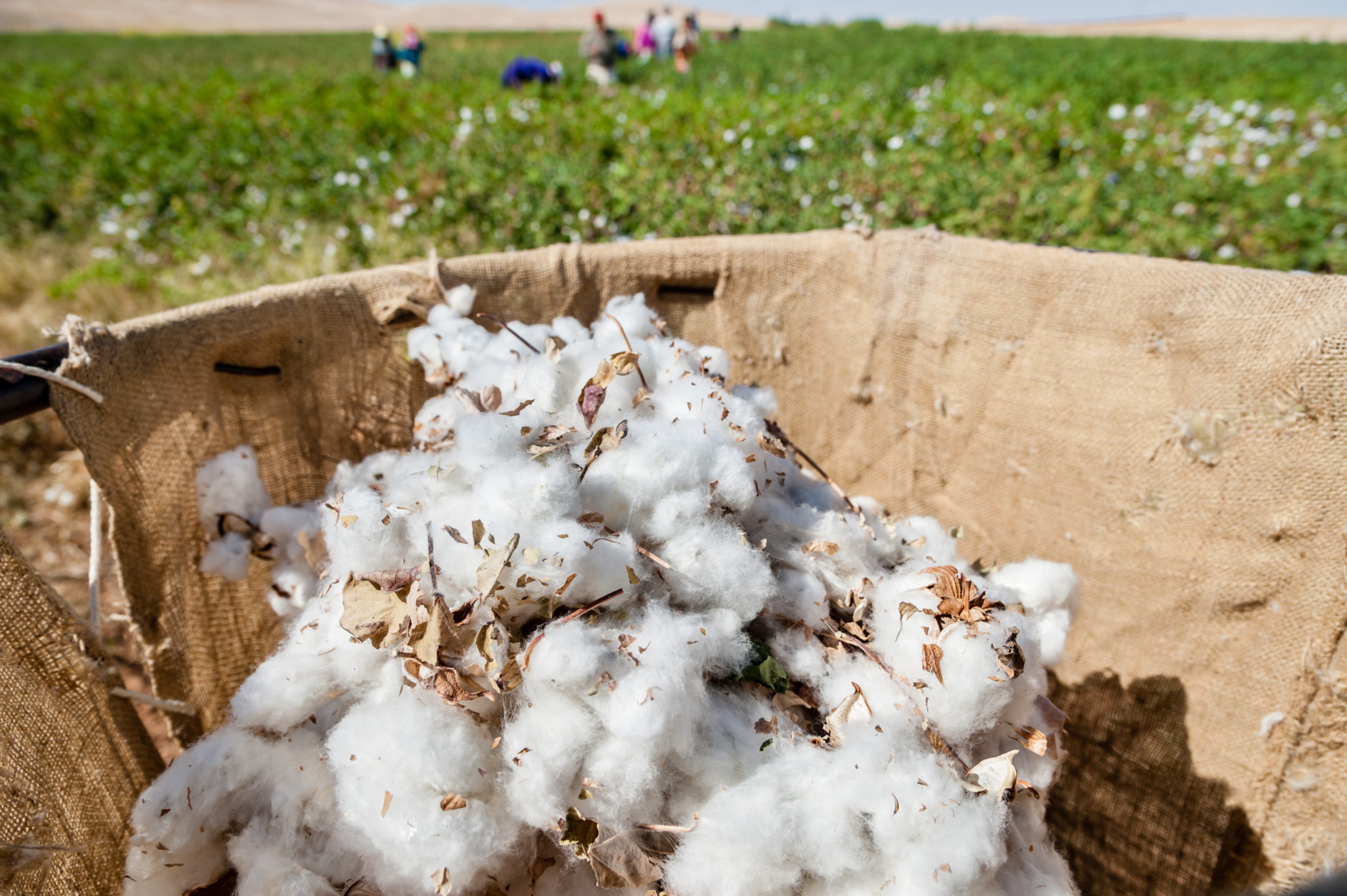By Christopher Makaza
Government remains committed to reviving the cotton industry and has through various interventions such as the Presidential Inputs Support Scheme, distributed more than 8 000 tonnes of cotton seed to 400 000 farmers across the country.
Through an input vehicle known as the Presidential Inputs Support Scheme, the Government has, since 2015 been supporting farmers with free inputs, which saw cotton production rebounding. For the fifth year in a row, Government is providing free inputs to cotton farmers to help keep production on an upward trend and in the process reviving the cotton industry and other downstream industries linked to the growing of the crop.
Cottco is currently responsible for administering the Presidential Input Support Scheme Programme, fairly distributing cotton inputs to vulnerable households. Cottco officials who include Mr Maxmore Njanji, Mr Munyaradzi Chikasha and Cotton Producers and Marketers’ Association Chairperson, Stewart Mubonderi are doing a commendable job in mobilising new farmers to join cotton growing. The above team is thorough and doing justice to their job as evidenced by a lot of farmers expressing interest to join cotton growing.
The team is currently moving around cotton growing areas such as Nyanga, Chiredzi, Sanyati, Makonde, Hurungwe and Muzarababi, among others launching the 2019/20 inputs distribution, teaching farmers on good agronomic practices. The cotton farmers were discouraged from side marketing of the crop, arguing it hampered Government efforts to create a revolving fund that benefits the sector in the long run.
Side marketing takes place when parties to the contract violates the agreement, either when a farmer choose to sell the contracted crop to other merchants or when a company buys from farmers it has not contracted. Private companies lure farmers to sell their crop to them by offering cash on the spot yet they would not have provided inputs to farmers prior to the farming season.
Apart from inputs, Government has also indicated willingness to offer competitive prices to farmers to ensure viability. This year, Government is expecting a huge jump in cotton production.
There was a marked improvement in prices that were paid to farmers by contractors or buyers in 2019 which reached $3.30 per kg by the end of the season. This together with the 10 percent export incentive given to cotton farmers incentivised farmers to take up cotton production in the 2019/20 season.
In 2015, cotton output plummeted to about 28 000 tonnes, the lowest in nearly two decades, partly due to subdued farmer support and poor producer prices which forced many farmers to abandon cotton farming for other cash crops such as tobacco.
Through Government support programme, production steadily rose from 28 000 tonnes to 144 000 tonnes last year, according to figures from the Agricultural Marketing Authority of Zimbabwe.
From being one of global cotton’s top quality producer the sector had virtually collapsed with production levels declining to less than 10 percent of normal volumes.
These low cotton productions by both small-scale and commercial farmers adversely affected processing industries. For instance, David Whitehead which resumed operations in November 2014, after four years of non-business is operating at between 35-40 percent capacity utilisation. Given the contribution of the cotton-to-clothing industry to national development through employment creation, exports and social welfare, it becomes apparent for all stakeholders to actively participate in the rejuvenation of this sector.
At some point, cotton was referred to as “white gold” in apparent reference to good profits obtained by the farmers. Cottco wants farmers to have another good edition of such times by reviving and promoting the growing of the crop on a larger scale.
In terms of levels of support, in the 2018/19 farming season, close to 360 000 farmers were supported by Government contributing about 90 percent of the output with the remainder being funded by private firms.
This past season, 2018/19, a total of 357 088 farmers were contracted and the target is to surpass this figure in 2019/20 as we are hopeful that the current rainfall season will be better than the previous one which was a drought year.
Zimbabwean cotton lint is highly regarded, locally, regionally and internationally.The opportunities for Zimbabwean cotton are abound. The lint has markets locally in the textile industry, the SADC region, Europe, China and Asia as well as the Middle East. Zimbabwean cotton is in high demand in all these markets. We export over 70% of the cotton produced in the country to these markets.
Zimbabwe has in the past seen an influx of clothing products from South Africa, Botswana and China, with some of the consignments crossing the borders without duty being paid for them due to smuggling. Apart from depriving Government of revenue, this has rendered locally manufactured goods uncompetitive thus crippling the cotton industry.
Despite all these challenges, we are hopeful the cotton industry will continue to grow in leaps and bounds to contribute towards attaining an upper middle income economy by 2030.




